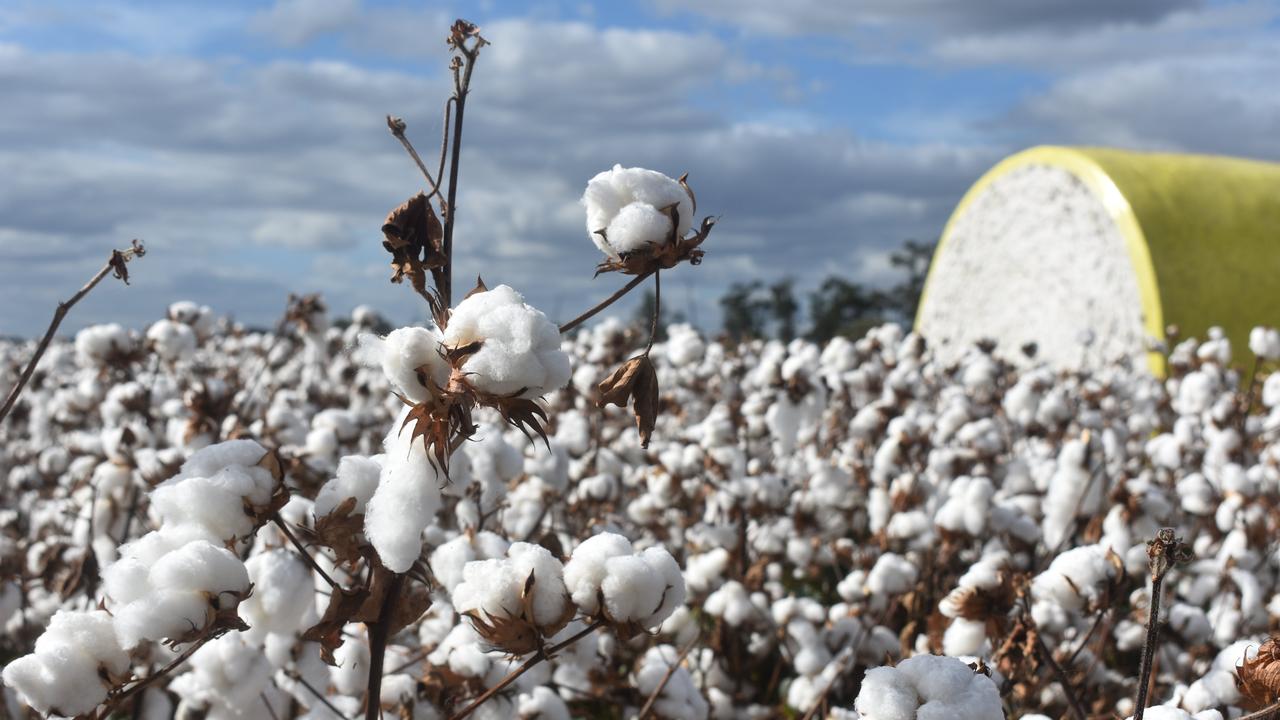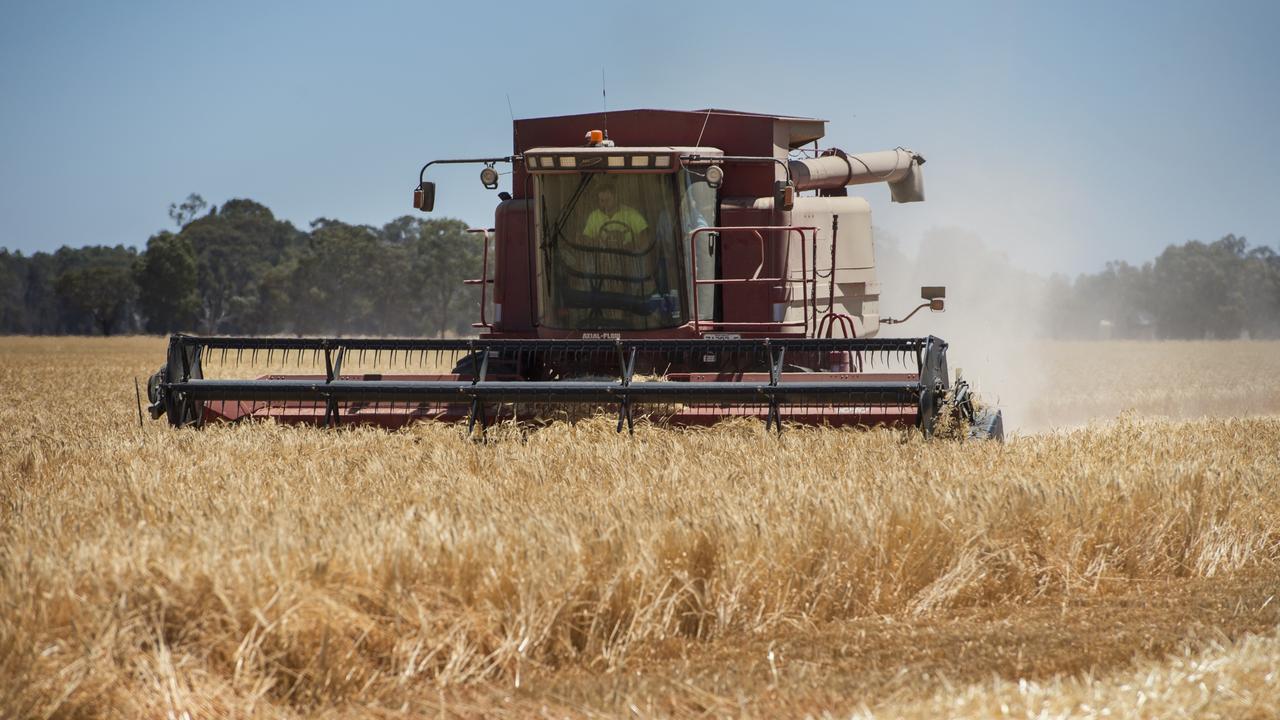Growers face challenge of selling weather-damaged hay
Rain during curing has had a dramatic impact on hay quality in eastern Australia. Now that hay baling wraps up, see how the lower quality is affecting prices.

MANY hay buyers are sitting back, as standing paddock feed and conserved hay and silage supply is plentiful and there is little incentive to purchase.
While this is a relatively common scenario at the start of summer, cereal hay growers have come to rely on the export market as a source of reliable demand off the baler.
Growers have estimated that less than 20 per cent of contracted hay has been accepted into their contracted range of quality tiers.
Any oaten hay that can be considered mid to top grade export quality is offered at more than $200 ex-farm. Other cereal hay types that are less popular with hay exporters are offered at lower levels of $170-$190 a tonne.
Just how the major hay importers will respond to the volume of low-grade hay is yet to be seen, but the recent export statistics show that Australian oaten hay is performing well.
Despite the higher priced market this time last year, the exports of cereal hay and straw for the November to October marketing year are a record 1.205 million tonnes, up 7.3 per cent year on year.
The weather-damaged hay presented to exporters this spring is proving challenging as export bids for hay are relatively rare.
The first hay type to be bought at this time of the year is vetch, but the quality of new crop vetch is much less attractive than previous years.
While some paddocks were saved from the heaviest rain, vetch hay test results are typically about 18 per cent protein, 8.5 ME energy units and 50 per cent neutral detergent fibre.
Compared with their vetch counterparts, lucerne growers are enjoying mostly clear weather.
First-cut lucerne has been baled and test results are now available.
As it is a buyer’s market and more buyers are insisting their sellers provide a test result before sale, its unusual to sell hay without a test. First-cut lucerne is proving to be an exception as colour alone is sufficient to make sales this season
Regardless, test results for lucerne are available and they look impressive.
Some lots of lucerne baled between Tailem Bend in South Australia and Griffith in NSW have testing 23 to 26 per cent protein, 10 to 11 ME and 32 to 35 per cent NDF.
To attract buyers, there is a vast difference between downgraded vetch hay at $150 to $200 ex-Mallee farm to new crop lucerne hay offered at $350 to $550 a tonne ex-Riverina farm.
While lucerne growers are confident their new crop will sell, it is the carry-over stocks of last year’s hay that are typically for sale at $230 to $330.
The ability to bale high-quality hay is improving each year.
The technology of night-time dew monitoring, mower conditioners and more recently, steamers, increases the chances of conserving hay that closely replicates the growing plant.
MORE
LOW PRICES FORCE GROWERS TO SCALE BACK PRODUCTION


